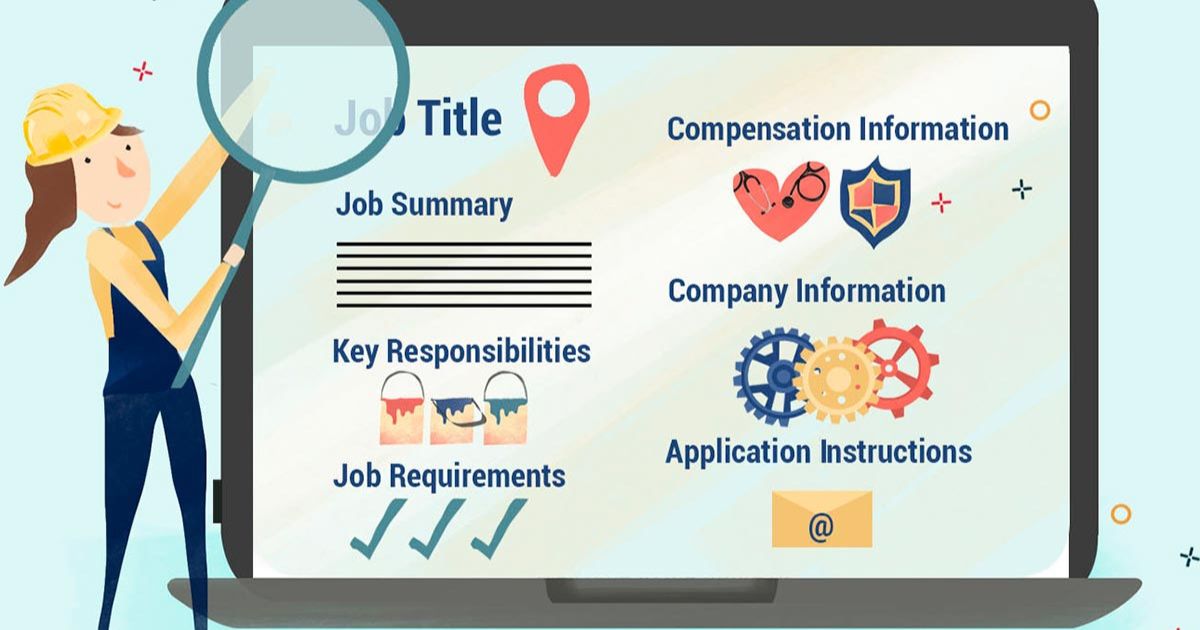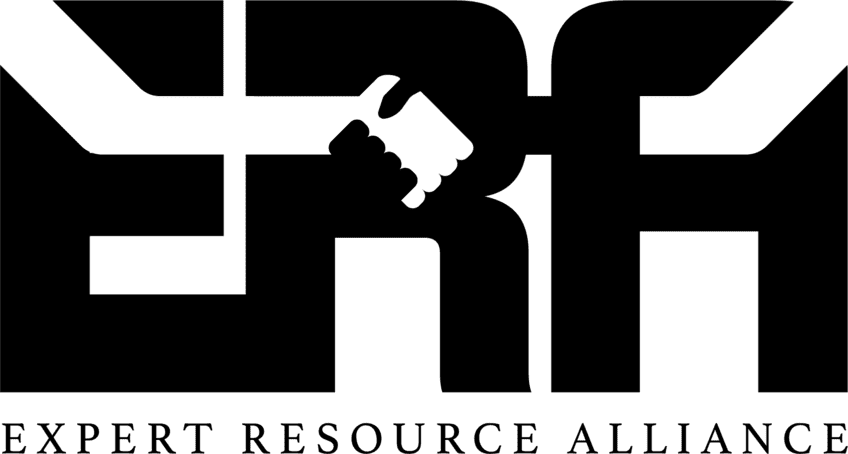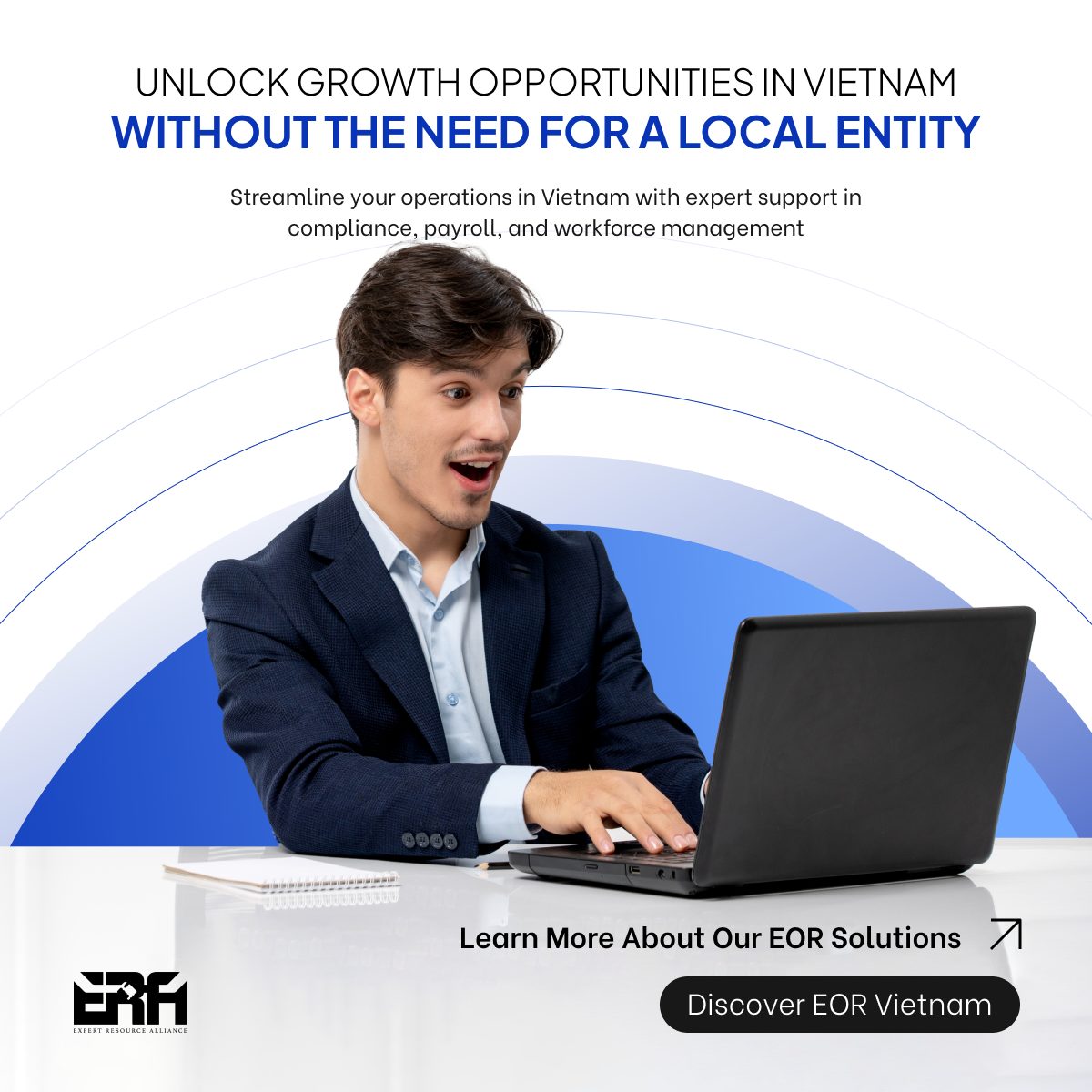Beyond a shadow of a doubt, recruitment plays a vital role in the development of a business. How to hire employees who are experts and suitable is a long process. There are three main stages: preparing, hiring, and after employment. Make it straightforward with our expert guide below!
Before Hiring Employees
Preparing an EIN, records for taxes, and a job description carefully will help the hiring stage become more fluent and effective. Moreover, businesses should consider using PEO and EOR to support employers in recruiting and managing employees. Get details for each step now!
Define the Job Roles and Responsibilities You Are Hiring for
Defining positions that you would like to recruit dramatically affects the business operation. Save the checklist below:
- Essential roles: You need to answer some questions, such as “What duties will new employees take over?; How long do you expect employees will work for your company?”
- Skills and experience: Not every position has the same criteria. A manager should have a good manner and many years of experience in administration. In comparison, the requirements for an internship are lower.
- Physical requirements: Does your business need a hefty staff to lift heavy objects or walk a long distance? Remember to note them in your job description.
- Your budget: Finally, estimating how much you would pay for the job is essential to keep your business on track. In general, there are typical ranges for each level of a job. You can go to recruitment websites to consult.
Set up a List of Requirements

Listing all the requirements helps you to understand the job. Then, you can visualize the portrait of potential candidates. Moreover, you also can create a clear and attractive job description.
Writing a job description is relatively easy. But making it engaging might be time-consuming for starters. First, be sure you add all the essential information below:
- A brief of the company background: business’s industry, products, culture, mission, vision, and some highlight achievements.
- The job’s responsibilities and qualifications: tasks that employees will do, desired skills and experience, prior or specific criteria.
- Pre-employment screening requirements: certifications, criminal background.
- Salary and benefits: salary, working time, overtime rate, insurance, tax cover, etc.
- Job location: the exact address of your business.
*Tips: Writing a unique, highly-clickable job title; adding popular keywords that candidates often search for can reach more employees.
Hiring Process
After a good job description, select the best curriculum vitae. Here is what you need!
Find Candidates

How can you target suitable candidates? There are multiple ways to find, such as:
- Inviting the people in your network or staff referrals: You can save a lot of time and money because you can know more about their level, personality, and ability.
- Hiring an HR service: Outsource HR has a more extensive network as well as experience. Consider choosing the one that is the expert in your industry.
- Post jobs on the Internet: A free way to advertise your recruiting news is to post your job on social networks such as LinkedIn, Facebook, Twitter, etc.
- Launch advertising campaigns: Advertising tools allow you to choose the target keywords to reach the desired candidates, when you need to get a lot of employees.
Narrow The Pool of Candidates
It’s better to set a specific time for candidates to send resumes and application forms. After this time, you need to narrow the most qualifying background to interview. Here are the most popular methods to help you sift through applicants:
- Give pre-screening questions and pre-employment tests: It is the best way to filter candidates who are not serious or unsuitable for your job. The test should include expertise questions, personality queries, etc.
- Read every resume: After receiving their answer, it’s time to choose the one that achieves enough scores and has an appropriate background.
Conduct Interviews

The expert advises interviewing at least two candidates or more, if possible. Each one will have different goals and expectations for their dream company. If you have many candidates, consider using the group interview method.
There are multiple ways to conduct an interview. The best practice is:
- Prepare carefully: You should ensure that the documents and interviewers are available at the pre-arranged time.
- Be consistent with your criteria: It helps you avoid choosing the wrong people and keep diversity, equity, and inclusion.
- Only ask job-related and behavioral-based questions: Private questions such as age, marital status, ethnicity, etc., can be rude. Just focus on questions about work and the way applicants handle the situation.
- Take notes: You will get a lot of information when interviewing. Noting essential pieces to estimate and review.
Select Candidates
Congratulations on your hard work. You now get high-quality applications. To select the most appropriate one, you should consider
- Who achieves the highest score of required experience and skill set?
- The value they can bring to your business.
- Who fits in best with the culture and vision of your company?
It is not important that you have to get the best expertise. Today, cultural suitability is the prior criterion because they can integrate, devote and do their best for the company.
After The Employment
After making and sending chosen candidates an offer, you should conduct a pre-employment screening to ensure they are legal to work in your area. Then, move to the two final steps below:
Fulfill Legal Requirements

It is to report your new staff to the state employment agency. Here is the must-have document you need to do:
- Choose a payroll service for on-site and remote laborers.
- Labor Contract between the employer and employee. It must include details such as the job description, salary, working hours, and other benefits.
- Work Permit for foreign employees to work legally in Vietnam. You have to make a work permit before the employee begins work.
- Social Insurance and Health Insurance Contributions for employees.
- Personal Income Tax (PIT) Withholding from your employees’ salaries and remitting the funds to the government.
Onboard The New Employees
This is the final step in the recruiting process. You should build a good and clear onboarding program to help new employees feel comfortable and would like to stay long-term with your company.
Firstly, let them get familiar with the company’s mission, vision, and colleagues. And then train them about the products, working process, and required job skills.
When mentioning employer support, both PEOs and EORs provide this, PEOs typically assume a co-employment relationship, while EORs focus on managing employment-related tasks and compliance without sharing employer status
FAQs
Where to post jobs?
You can post jobs on multiple sites, both free and paid places, for instance:
- Free sites: Google jobs, Jora, Handshake, LinkedIn, Facebook, Ladders, etc.
- Effective paid sites: Upwork, Indeed, Premium of LinkedIn, Indeed, Ladders, Career Builder, etc.
How do you hire employees quickly?

Work hard and always optimize the hiring process
There are some tips to speed up the hiring employee process:
- Defining the hiring needs and writing the job description that shows the values and culture of your business.
- Building a list of questions and a process for recruiting.
- Interviewing a group instead of interviewing one by one.
- Checking out red flags.
What are the golden rules of recruitment?
Here are the five golden recruitment rules:
- Ensure the legacy of the recruiting process.
- Review curriculum vitae thoroughly.
- Have a short discussion with your candidate before interviewing.
- Be consistent with your criteria.
- Be honest and tell the truth.
Conclusion
You’ve got ten steps in a professional process. Depending on your business, you can add or skip some steps. However, remember to do the mandatory obligations of the law. You should consider using EOR to manage employee-related responsibilities and ensures compliance for companies, enabling businesses to focus on core operations and growth. If you have any questions about “How to hire employees,” please feel free to contact ERA.
See more related articles:
How To Correct Employee Misclassification?
Freelance vs Consultant: What Are The Differences?
Freelance vs Self-Employed: A Comprehensive Comparison By Experts
Ms. Tracy has worked in human resource consulting for over 15 years. A driven entrepreneur focused on business expansion and people development. She previously worked as Country Manager for an international Australia firm that specializes in global workforce management, as well as several key roles as Business Growth Director and Executive Search Director for both large local firms to effectively drive their business growth. A strong emphasis is placed on aligning organizational priorities/objectives with business needs. She has a large network of local business leaders and a thorough understanding of the local market.









